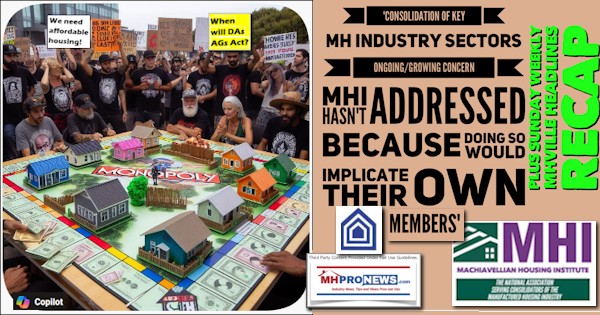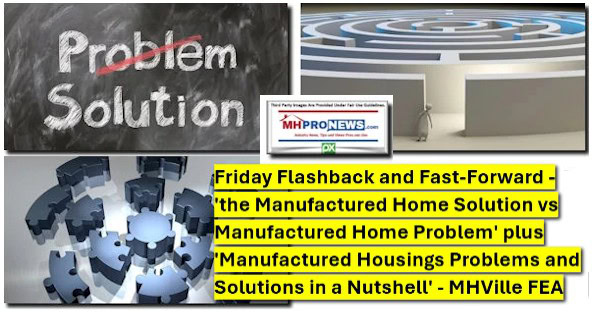
A part of the 1986 Tax Reform Act, the federal tax credit program has not had a notable increase since its creation, although over 2.6 million affordable housing units have benefited from its building and rehabbing services over 30 years, as MHProNews understands.
Applying to new construction or rehabbing of low-income housing, the tax credits are one of the primary methods for banks to earn Community Reinvestment Act credits since they often provide loans for affordable housing.
Tucked into the $1.1 trillion spending bill that President Obama signed Dec. 18 is a provision that “made the annual rate used to calculate the low-income housing tax credit permanent at 9%, up from a previous floating rate of roughly 7.5%. In 2008, when the financial crisis hit, Congress set the temporary annual tax credit rate at 9% and extended it twice before the rate expired and floating rates went into effect, upsetting the apple cart for the industry.”
Beth Stohr of U. S. Bancorp said the law could mean projects will finish sooner, but she says anything to increase stability is good. “There are certain markets where this is going to have a greater impact. For big states, the dial still moves, but not explosively,” said Stohr.
Bankers say the shortage is so severe—last year, an affordable housing building on New York’s upper westside with 55 units drew 88,000 applicants– the permanent rate will make but a miniscule difference, costing the government $19 million over ten years.
Fred Copeman of CohnReznick said the floating rates often resulted in developers having gaps between available financing and actual development costs, resulting in fewer affordable housing properties built. He said affordable rental vacancy rates typically hover around seven percent, but recently have fallen to below one percent.
Commercial banks account for 85 percent of the tax credit market volume, which was near its all-time high of $12.5 billion in 2015, up from $4.8 billion in 2008, and $9 billion in 2006.
While the tax credit program produces abut 90,000 units annually, the Harvard Center for Joint Studies says it estimates the shortage in affordable housing amounts to eight million units. Industry leaders are likely to lobby Congress to increase the number of tax credits, which could add to the affordable housing stock.
For MHProNews and MHLIvingNews Publisher L. A. “Tony” Kovach’ letter to Rep. Jeb Hensarling, Chairman of the Financial Services Committee, on how HUD could help reduce poverty and dependency, click here. ##
(Photo credit: Horizon Land Co. manufactured home)


























